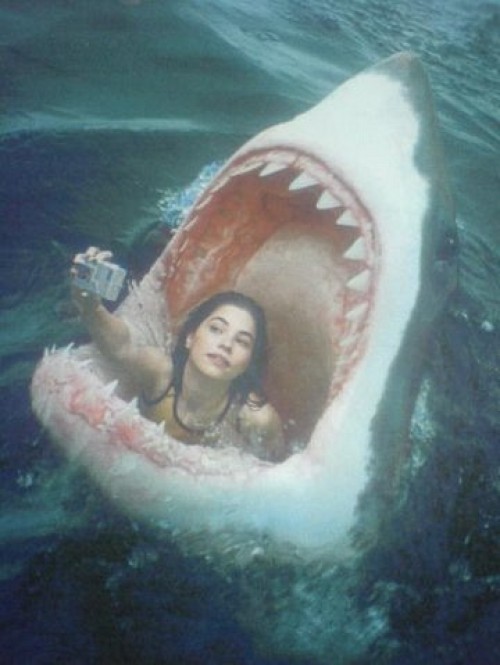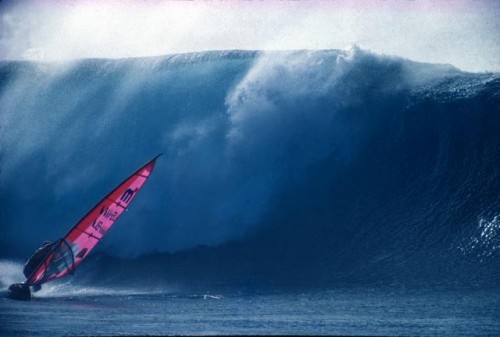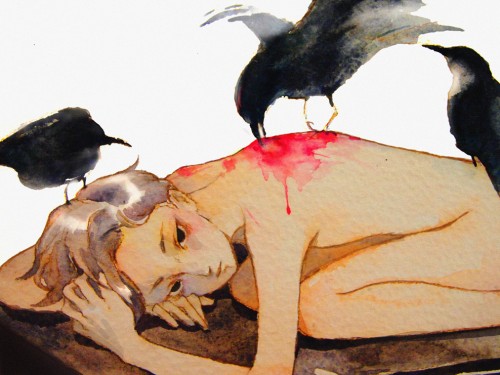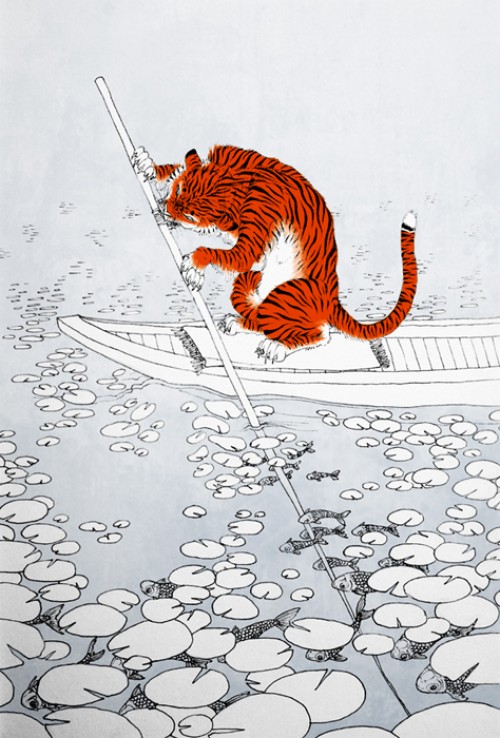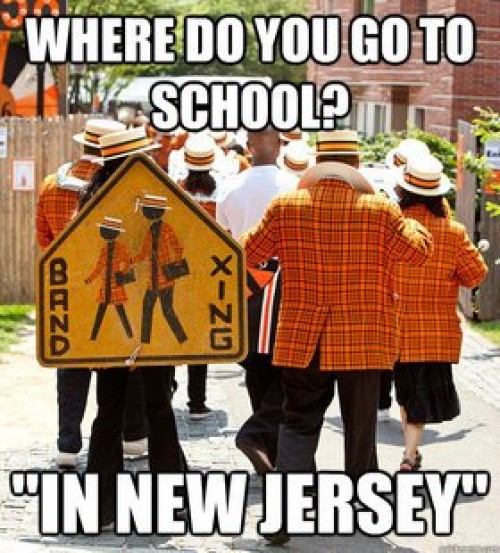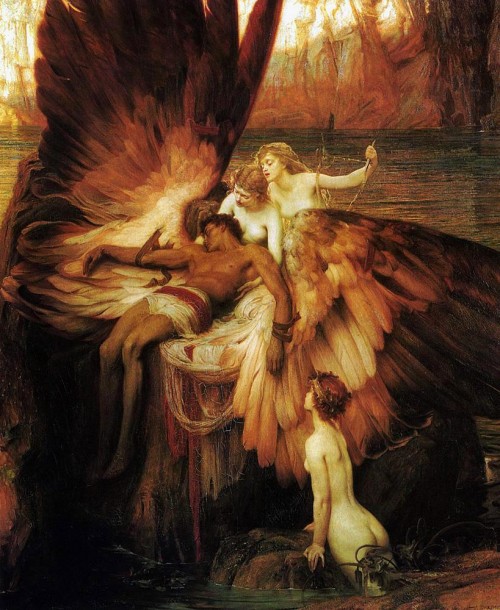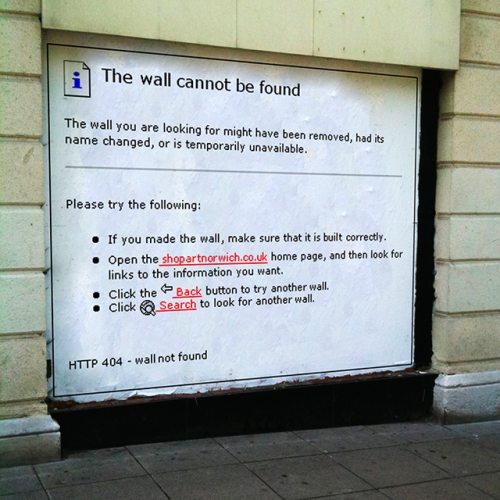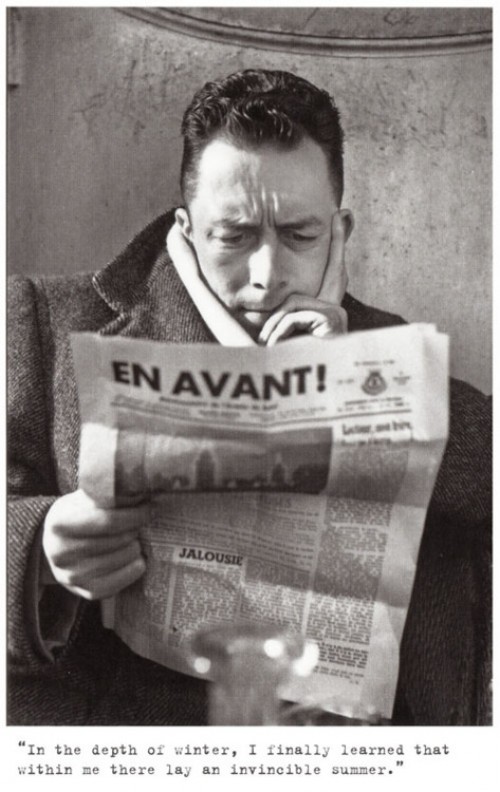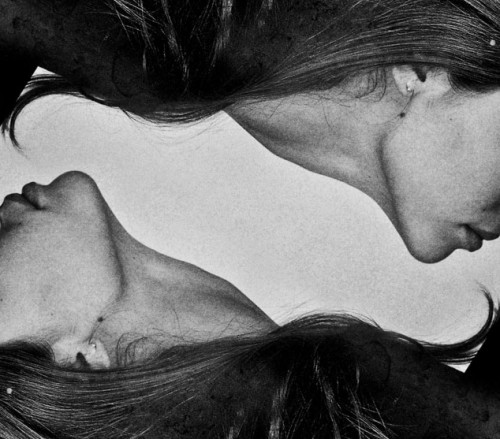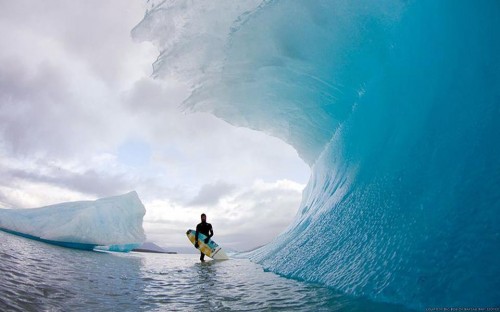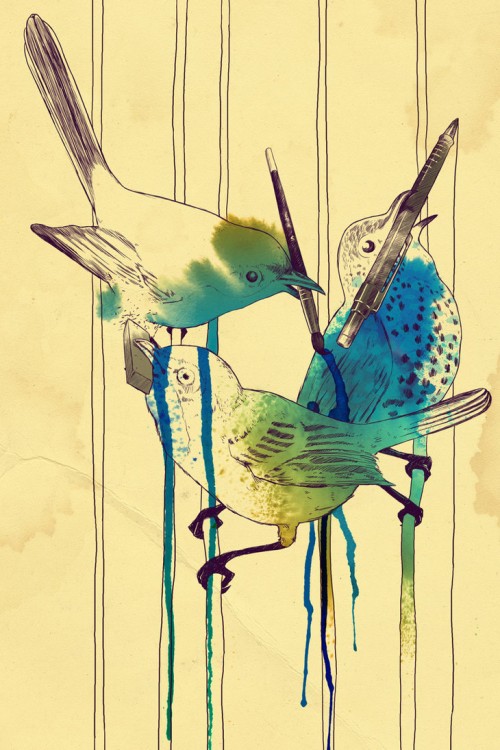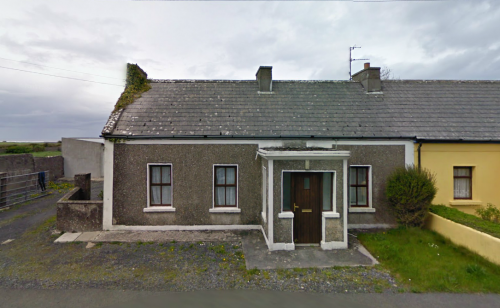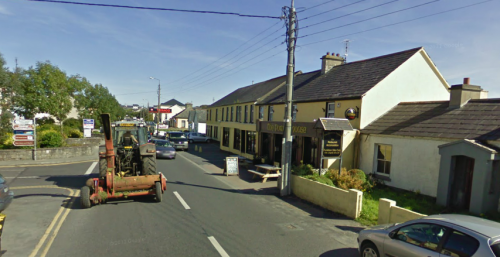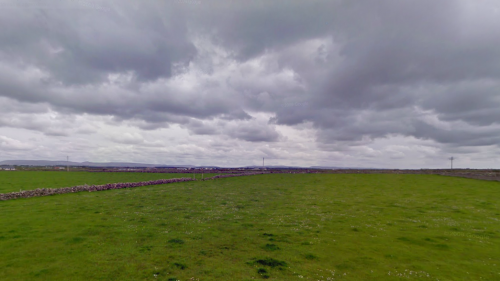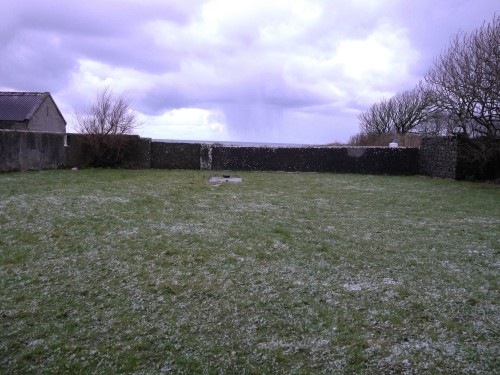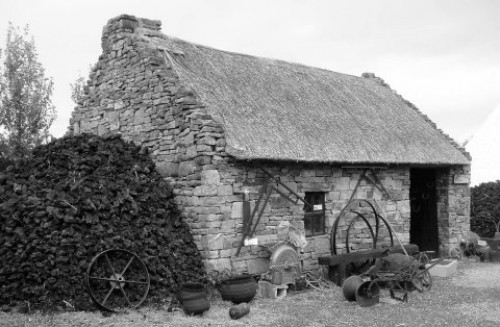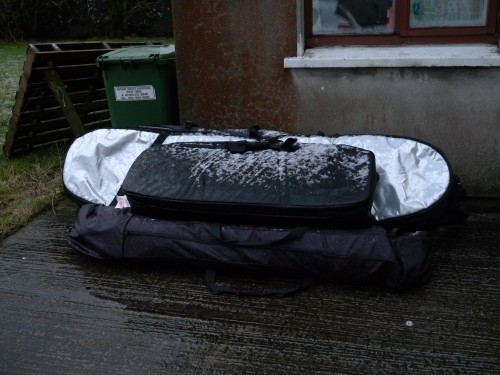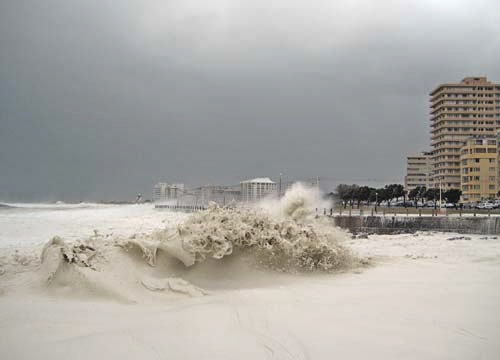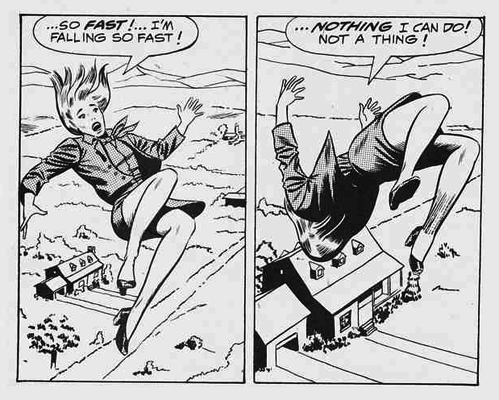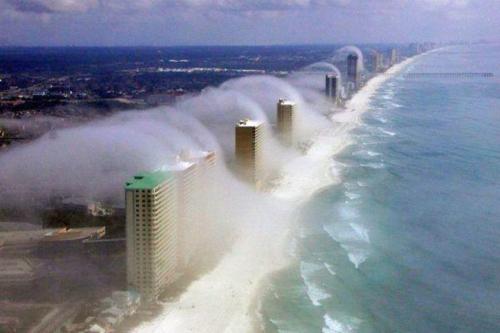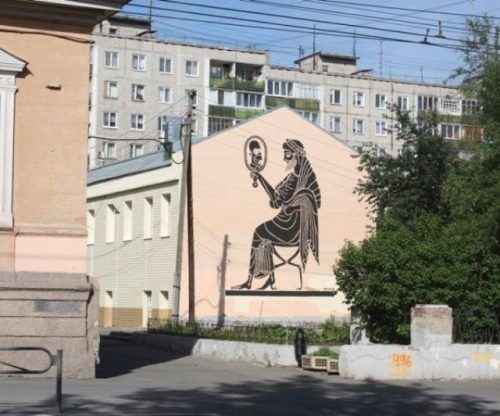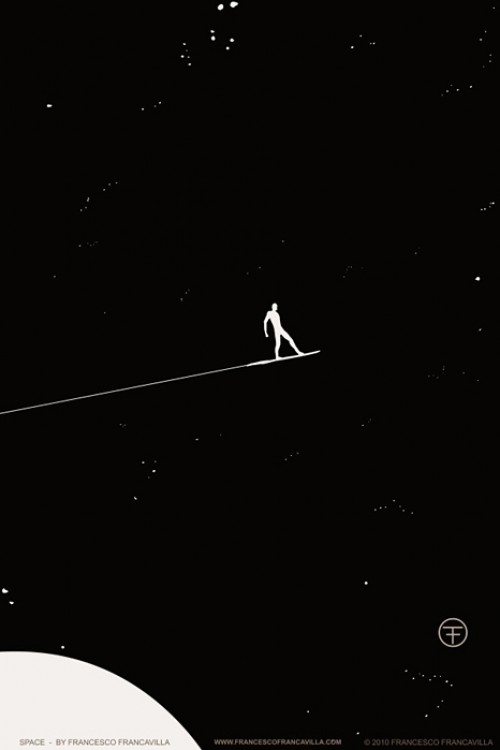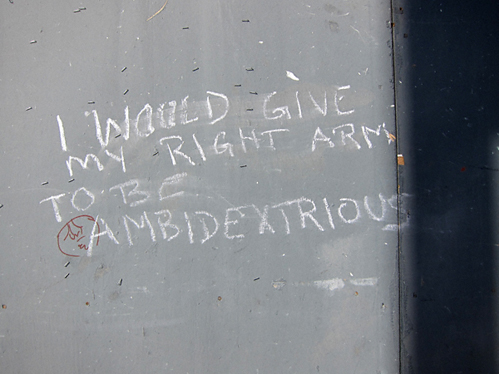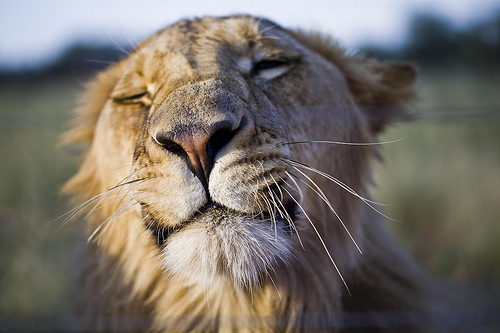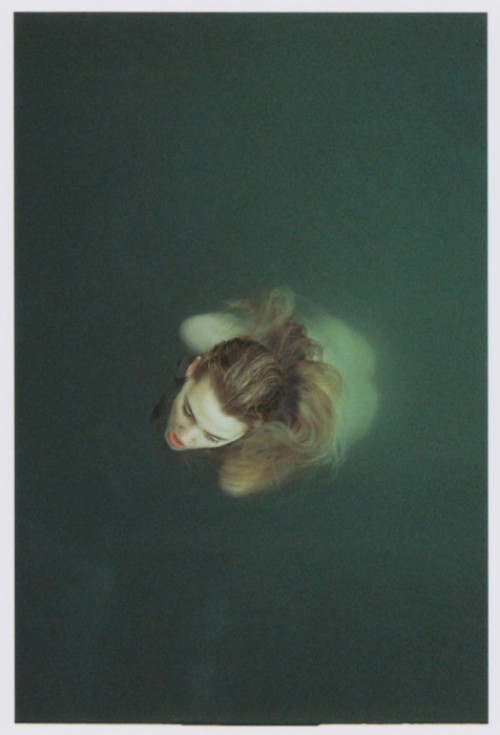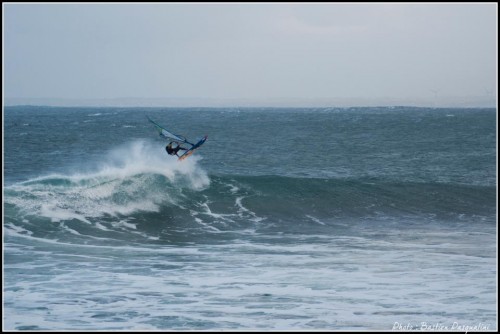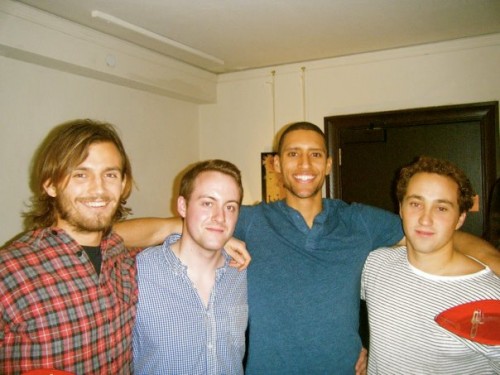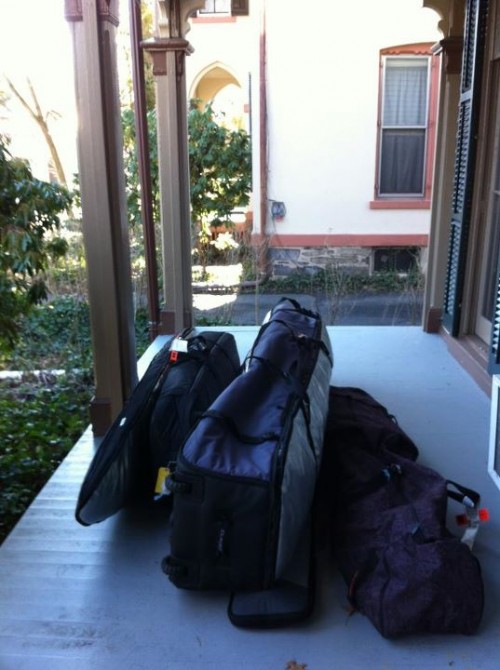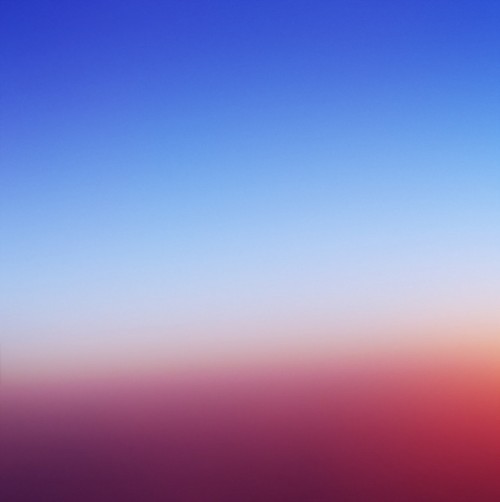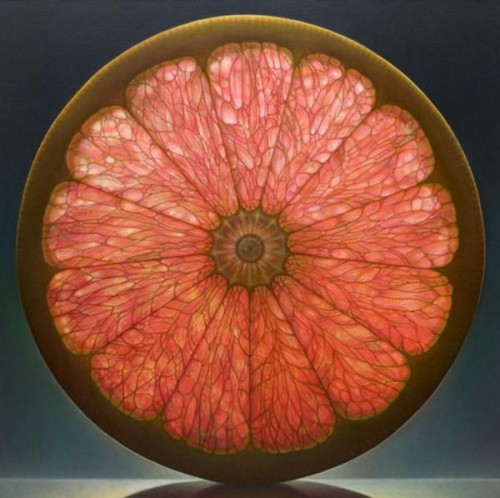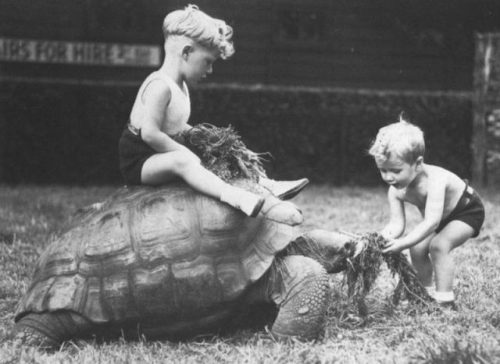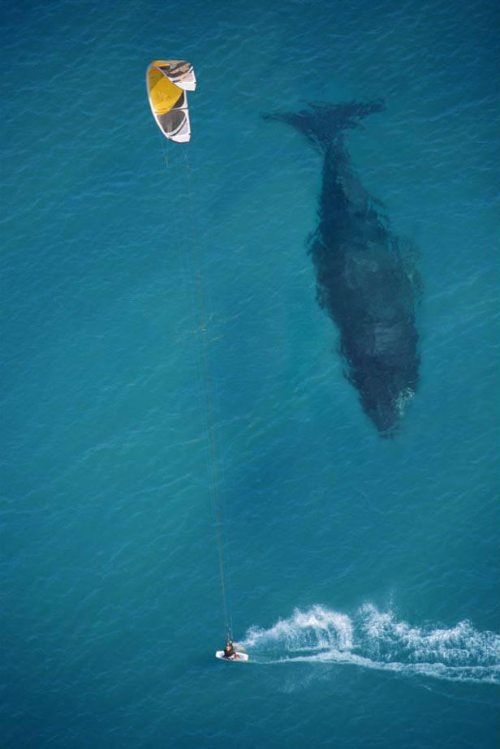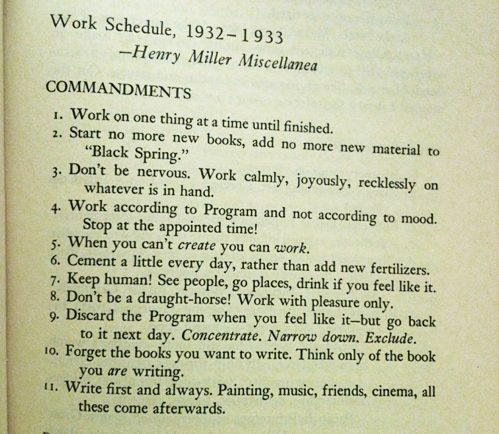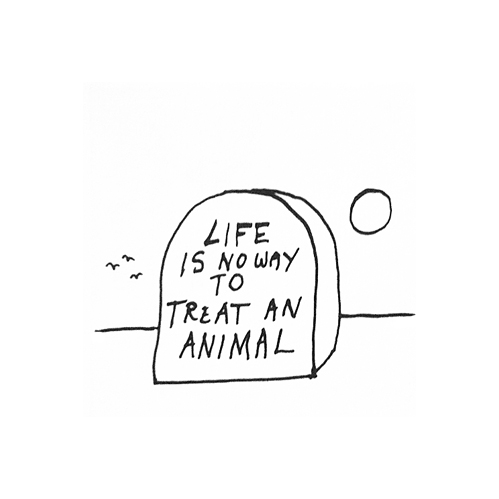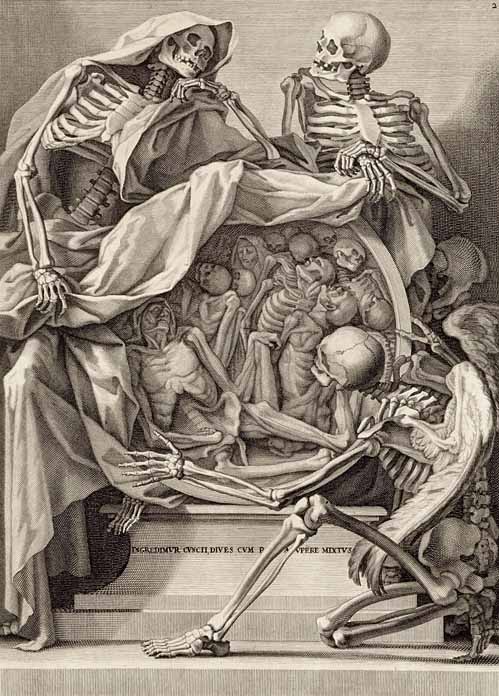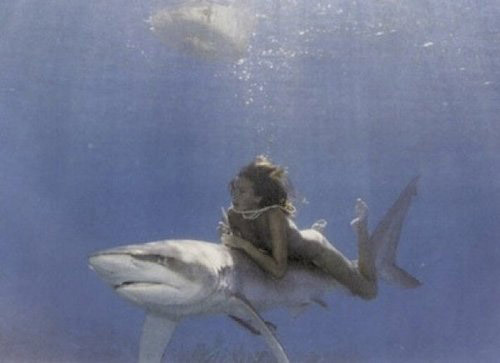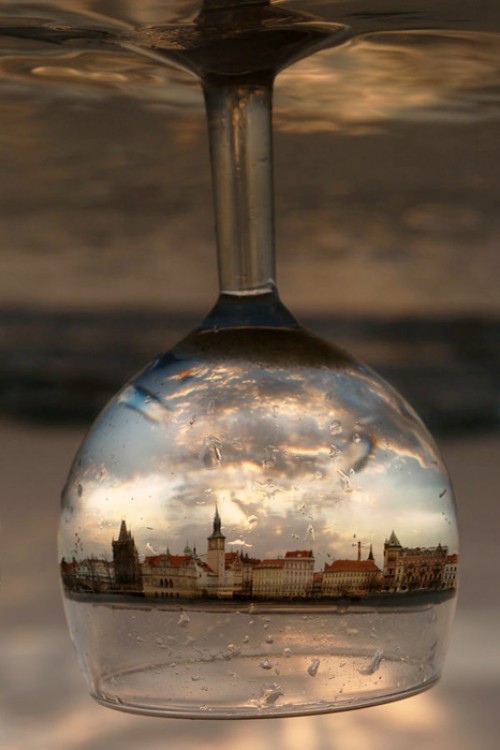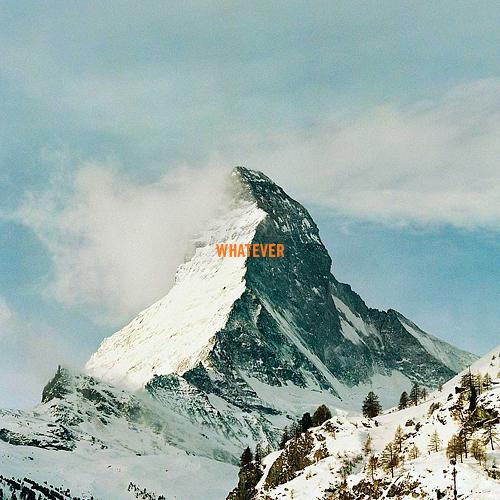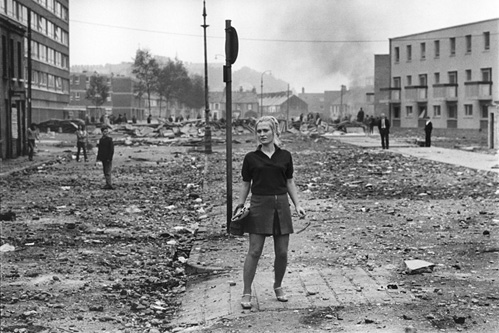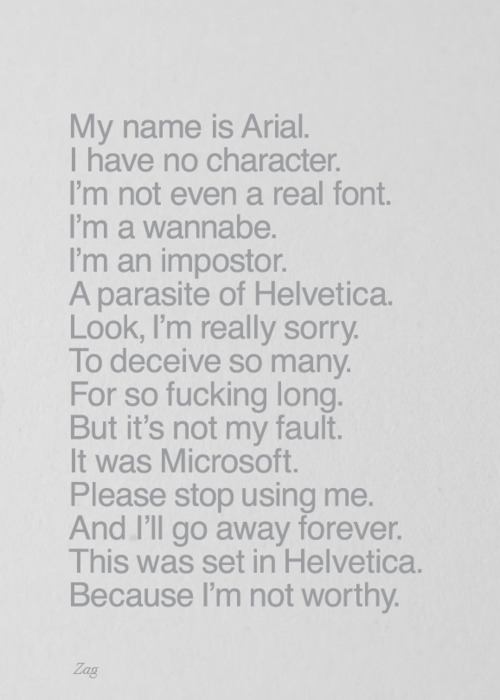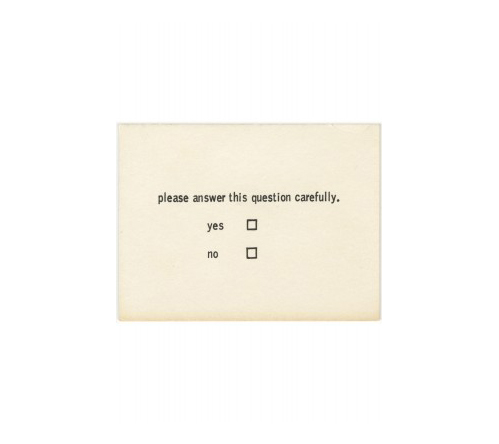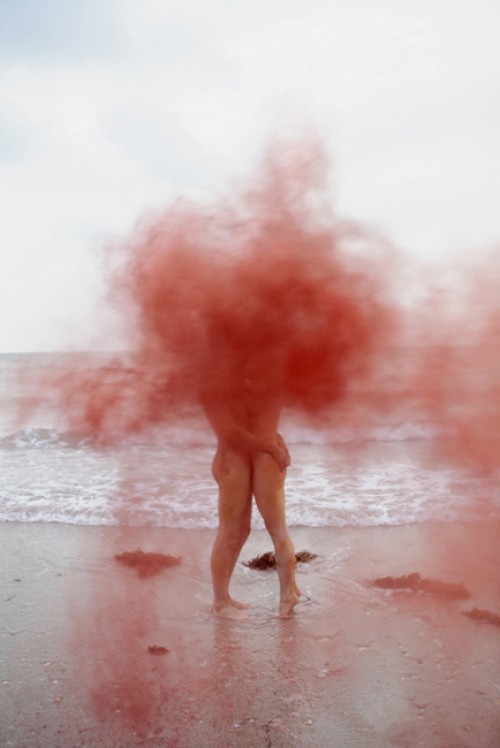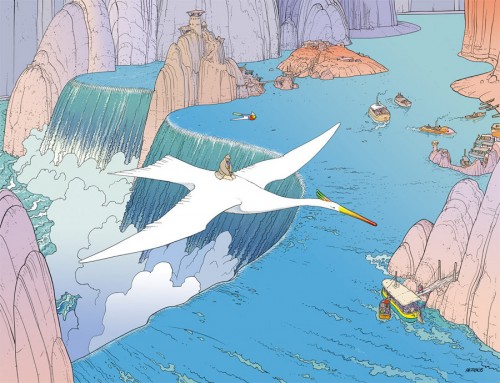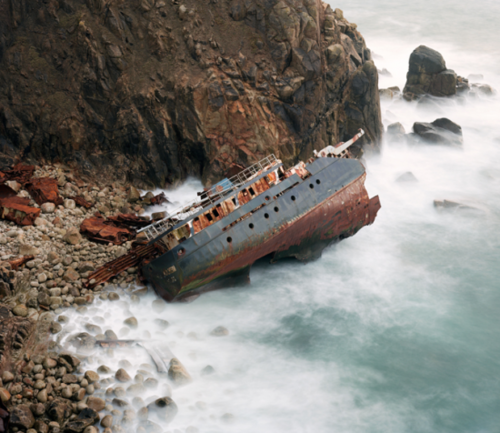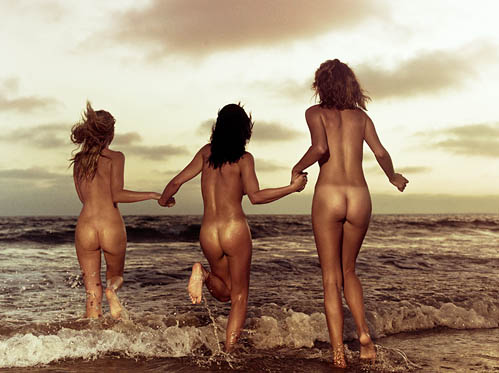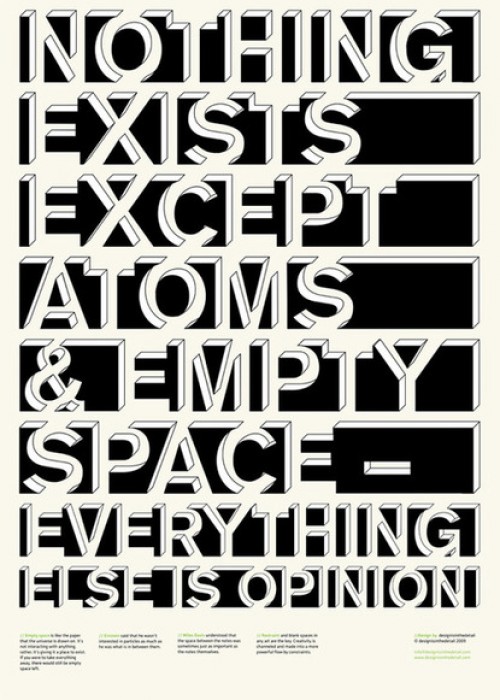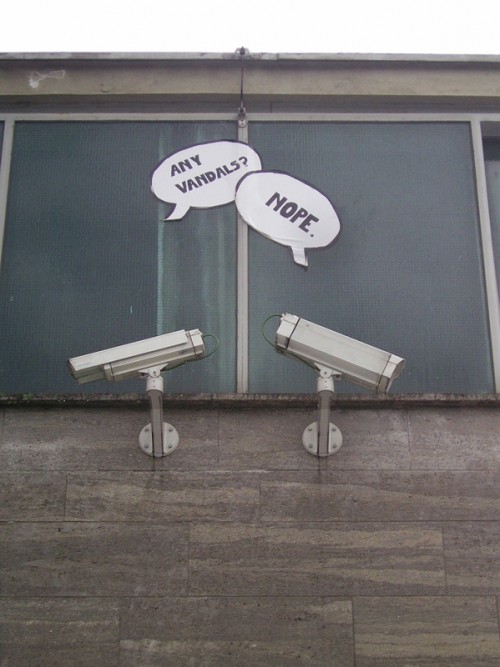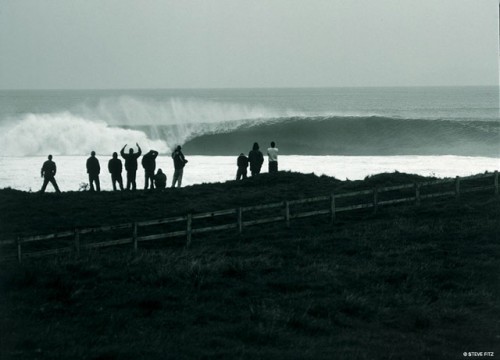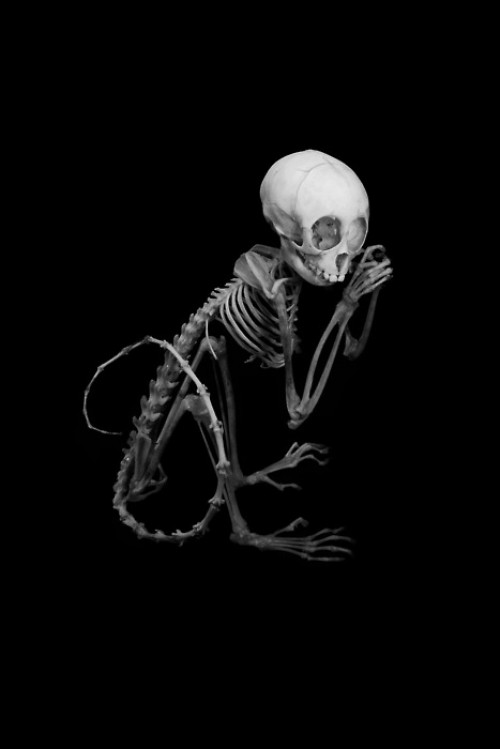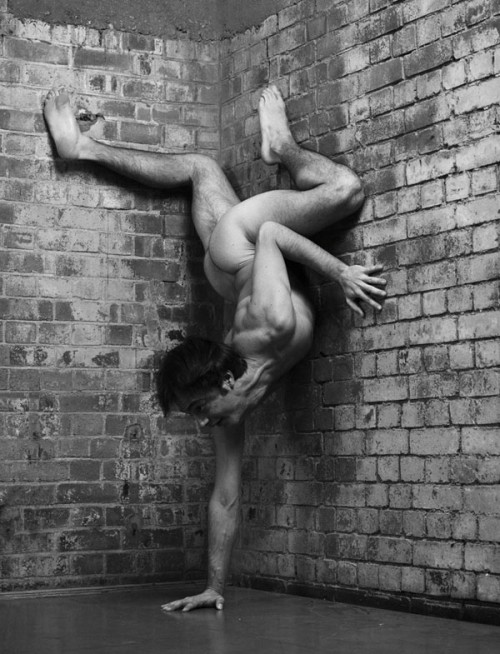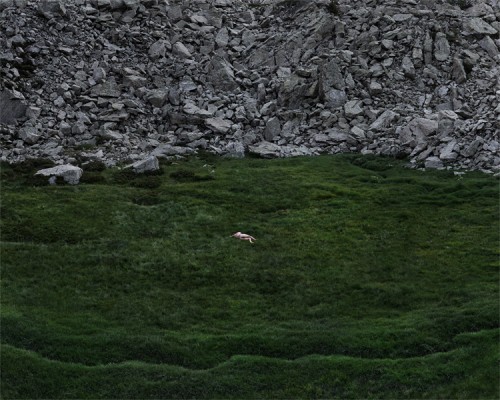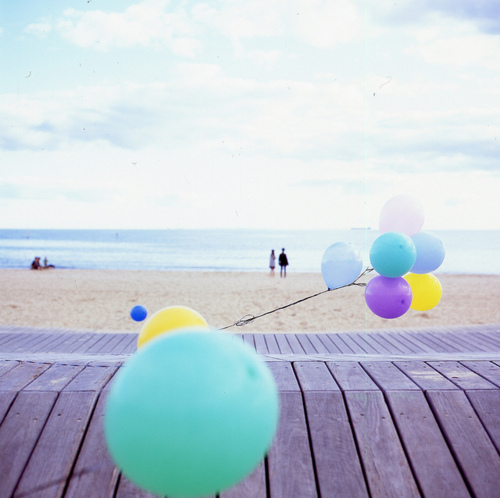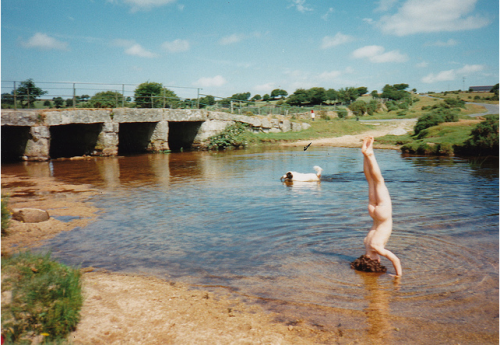surf-matic
February 17, 2012
February 16, 2012
Ireland part 3.5
A short Irish interlude for today:
The amazing people at google have fleshed out the streets of rural northwest Ireland. So I’d like to post a few photos here snagged from google maps in order to illustrate a bit more of my Irish trip.
The Irish, of course, speak English. But while there I felt like I didn’t speak the language. The expressions, phrases, and accents are so unique that understanding (for my american ear) requires full concentration.
Speaking of language, there is an amazing wikipedia page for “loanword“. Here is the first half of the first paragraph:
A loanword (or loan word) is a word borrowed from a donor language and incorporated into a recipient language. By contrast, a calque or loan translation is a related concept where the meaning or idiom is borrowed rather than the lexical item itself. The word loanword is itself a calque of the German Lehnwort,[1] while calque is a loanword from French. The terms borrow and loanword, although traditional, conflict with the ordinary meaning of those words because nothing is returned to the donor languages.[2] However, note that this metaphor is not isolated to the concept of loanwords, but also found in the idiom “to borrow an idea.”
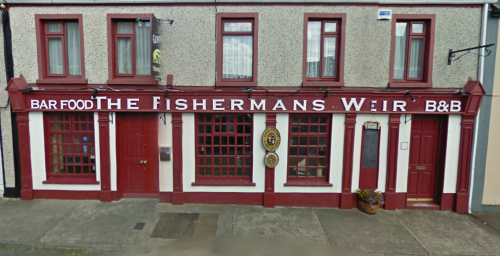
The famous Fisherman's Weir. Web definition of weir: "An enclosure of stakes set in a stream as a trap for fish"
February 15, 2012
back again
I have just landed back on Maui after my adventures overseas. The wind seems to be blowing and the waves are up, so I just might manage to get in a session today. My Irish saga will continue tomorrow with part 4. – G
February 13, 2012
Ireland part 3
Ireland is full of black things—Guinness, clouds, black pudding, stormy seas—and they define the culture there. The most perplexing of these dark things is peat. What is peat?, I hear all the non-Irish say. To put it simply, peat is mud that burns. Mud that is made in bogs. Bogs are acidic and lack lots of oxygen which then causes the organic material and plant matter to break down into peat, which is then harvested and compressed into bricks, which are then delivered to the stores to be purchased for home fires. From the bog comes fire!
Peat, it seems, can even catch fire when wet. How? I have no idea. The local farmers have whole barns and garages devoted solely to peat, and many just have huge piles of it lying outside their houses exposed to the constant rain. Given the large amount we burned each night to sustain a hot fire, I reckon each barn or garage is about a fortnight’s worth of peat. We would stack the peat bricks like a jenga game– more and more of the stubborn peat to burn burn burn!
Peat was our life! Why is the peat so important, you ask? Without wind and with dropping temperatures, the peat fire was the pride of our days. We’d collect bales of it so as to always have a warming glow from the fire place.
An old Irishman, a local from Easkey area, asked us which was worse “the cold or the rain”. We weren’t really sure of our answer so he gave us his: “well, you can get away from both, but the cold will cost ya money!”
The cold, though, is bearable; a lack of wind isn’t. Our days were spent leaving our Easkey cottage home early and driving madly around the entire County Sligo coastline (yes, the entre coastline and more, actually) checking out spots and possibilities. “Is it big enough here?” “Windy enough to sail?” “Is it just me or is the wind straight onshore and light?”. Such were our days, and I enjoyed this exploration of the Irish landscapes with my close friend beside me in the car and many kilos of unused windsurfing gear above.
The winds shifted west. And on one morning it snowed— a rare occurrence during westerlies. The owner of Easkey’s only pub, The Fisherman’s Weir (by the way, has there ever been a better name for a pub?), said, “the old people say it is bad when it snows on a west wind.” Not a bad sign or omen, rather Satan is sticking his hand up and wrecking havoc—just bad. Baaaaad. Like an echo of the dying newly born lambs who entered a world too cold for them. “It’s too cold for lambing,” our landlord said.
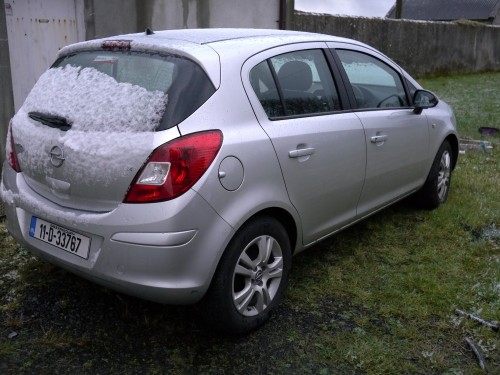
Waking up to snow was unfortunate for us as windsufers but it was the death of many a newly born lamb.
But while this may have been bad for windsurfing—the lack of wind, that is— we did not let it ruin the trip. Getting skunked is part of being a windsurfer. How often do we pull up to the beach only to find that there is no wind today? We sit, we wait, we drive down the coast or up it. But when the wind does decide to blow. When pressure differences align, with the fight of our souls! we take advantage of it! Nature teases us daily. And we return always, sail and board in our hands. A form of religious reverence to the ocean: I will step blindly forward naked except for my cloak of faith, and I know that she, the sea, will make my path. When she, the sea, finally graces us and allows us our pleasure (like fire from a bog), it is good and better than any other satisfaction. Just wholly good.
February 10, 2012
February 8, 2012
Ireland part 2
Ahhhhh. The adventure begins to begin.
Seated beside Mikey in his van, I set out for County Sligo to catch my first Irish waves and wind. The drive from Dublin to the west coast takes about 3 hours, possibly 2.5.
We arrived at the spot around noon and the car’s outside temperature gauge told us the air was a balmy 6 degrees Centigrade. Lovely.
Ireland loves its rain. Clouds cover the sky and showers pop up without warning all the time. This makes everything a wonderful green. But the rain combined with the un-Hawaii temperature made it a bit cold for me.
Against the elements, I did have 2 main weapons: a 4/2 Matuse wetsuit and a Helly Hanson thermal (?) shirt to go underneath. No gloves, no boots, no hat.
But once the feet go numb, it really doesn’t matter how cold it is. And for the hands, I find that they never stop hurting but if I constantly wiggly my fingers or tap along the boom, they never go too stiff from the cold. Performance is key.
That day was fun and the waves beautifully glassy. The wind was gusty which frustrated me. And the current was a hell of a lot stronger than it looked, but it wasn’t much of a problem with the strong wind (gusty as it was).
I met a significant portion of the recreational Irish wave sailors of the North West Coast (there aren’t very many). They proved to be a very nice group of men and women who are truly dedicated to the sport. And for good reason! They live in one of the best windsurfing locations in the entire world.
Anyway, on the water I had fun learning how to sail port tack again. A few carves and some airs.
There were some unfortunate events that day though. Mikey broke his inhaul line (the one at the head of the boom) and one of the local sailors went looking for him and he ended up falling into his new Neil Pryde sail. The sail exploded, leaving him stranded out to sea. Being a strong swimmer, he was able to swim into the inside. But there, the current was particularly strong and it the end it took about 2 hours of swimming for him to reach shore, just before the darkness crept over us. Now, the sailor made no error. The blame lies with the sail quality. And frankly, it is embarrassing that such a poor quality sail exists on the market. People often joke about Neil Pryde making disposable sails but it is no joke when it means that you are stuck out in the cold ocean swimming against a strong current. In fact, it is a matter of life or death.
But he lived. Happily at that.
We slept in a town called Ballina (pronounced Ball in ahhhhhhhhhhhh).
The next day, Mikey and I pulled up to the beach to find somewhat similar conditions to the day before but nobody else on the water. We rigged and went out.
Mikey caught some good ones, but I had a slightly miserable experience. The current was stronger than the day before and the wind lighter. I chose, mistakenly, to go out on my small board. Which meant that I had to fight the current the entire time. It took years for me to get back up wind again and catch another wave. And I was too impatient. So I ended up catching waves and always not being deep enough but trying to fade super hard. It never worked. I came in cold and without any good rides to warm my soul.
We drove back to Dublin that night. The following day I picked up Brendan, the mastermind behind umi pictures.
After borrowing roof straps from Mikey, Brendan and I headed out to Easkey Village to the little cottage we rented for the trip.
The coming weeks seemed so full of promise. And that night we sat in the small structure admiring the peat fire the caretaker had set up. I’d never seen burning mud before.
The coming weeks were spent exploring the Irish coast and land and finding the beauty that lives there.
I go in search of beauty. In my writing and art, I’ve always put more emphasis on being clever. I think that is a terrible mistake, and it is a mistake that most of modern art makes. What is cleverness without beauty? What is anything without beauty? And beauty is not limited to pleasure or even happiness. But I don’t really know what beauty is. And for that reason I dedicate myself to it. I dedicate myself to searching for it.
In his book Franny and Zooey, J D Salinger talks about beauty being essential to poetry and I think he is getting at something extremely valid, so I’ll post it here:
Franny said, “If you’re a poet, you do something beautiful. I mean you’re supposed to leave something beautiful after you get off the page and everything….All that maybe the slightly better ones do is sort of get inside your head and leave something there, but just because they do, just because they know how to leave something, it doesn’t have to be a poem, for heaven’s sake.”
How the hell does this relate to windsurfing? you might ask. Well it relates very much. Often, everyone (myself included) focuses on tricks and technical wave riding. But it’s not about just pulling a taka or a goiter. No, those things don’t matter much. Really it is about flow. Flowing with the wave, and in doing so creating something beautiful in that instant. Few sailors actually embrace this style of sailing. I am trying to now. Kauli has dedicated himself to flow over the last years and for this reason he is one of the most amazing sailors to watch. Josh Angulo is a king of flow as well. And if you think about flow, you realize that it is a lot harder than just nailing a trick because it requires you to really time everything perfectly. And timing is harder than acrobatics. Much harder.
February 7, 2012
Ireland: part 1
A catalog of this adventure is required. So here it is in 5 parts. And this first bit is the boring but necessary introduction. The middle three parts will capture the main action of the trip (or the lack there of). And the final installment will reflect on the whole, or something.
1:
I landed in Dublin early. So early that the day was only just beginning to disrobe the thick clothes of night. This was good because it meant that I had much time to orientate myself. And in the end, this time was much needed.
Before flying, I was sitting on the East Coast for a couple weeks watching the forecasts for both Ireland and Cabo Verde. It seemed that Ireland was finally getting good. So I went.
After collecting my mammoth collection of windsurfing bags, my priority was picking up the rental car. My research prior to the trip showed that rental cars are extremely, one might say suspiciously cheap in Ireland—starting at 5$ a day. However, I’m under 25, so my only rental choice was Avis because they do not have age restrictions (so take note fellow windsurfing adventurers under 25, Avis will rent to you); their prices were slightly higher, though. Whatever. The agents at the desk were a bit dubious that I could fit all of my gear into the small euro car that I had rented. I assured them that I could (all the while planning to put it on the roof with straps).
Key in hand, I found the grey little Opel Corsa sitting quietly in the carpark. I began to search in my bags for the roofrack straps to secure my gear on top. I checked the board bag. Not there. I checked the sail bag. Not there. I checked the gear bag. Not there. At that point I began to worry that my gear might not actually fit. Oh shit. I remember holding the straps in my hands while packing back on Maui! But alas, they did not make it with me to Ireland. My gear had to go inside the car.
Here is the trick to filling a tiny car (skip this paragraph if you don’t care) with 2 boards, 6 sails, 5 masts, 2 booms, 3 harnesses, 2 wetsuits, 3 bases, 2 universals, a large suitcase full of clothes, a small suitcase, and a backpack.
1) Remove the head rests from all but the drivers seat. 2) Fold the backseats forward such that the backrest is horizontal. 3) Slide the front passenger seat forward. 4) Recline the front passenger seat as much as possible (remember that the headrest needs to be removed already). Now you’re ready to start loading! 5) Put as many standard suitcases in the boot but they must lie as flat as possible. 6) Take the boards out of any board bag and place the boards (texture side down) along the passenger side such that their noses lie beneath the glove compartment (if they don’t fit, slide the front passenger seat back to allow for more room for the noses). 7) Place the sails on top of the boards (often they need to be removed from their bag in order to fit). 8) Place booms, bases, and gear bags in the space behind the backseat and next to the sails. 9) Put the small items (wetsuits, sail bags, backpacks, etc) in the empty spaces below the passenger seat (under the board noses) and under the folded backseats (accessible only by the rear side doors). 10) Finally, fold the board bag and smash it into the top space that exists in the back, above the gear bags and boards (this is the hardest step as board bags, especially wheeled ones, are incredibly large and difficult to fold).
And the car was packed! I stood triumphant for a second, admiring the amount of space that actually exists in such tiny cars. I then stepped into the drivers seat and began my Irish journey.
It should be noted that this was the first time I had ever driven on the left side of the road. Yes, I’ve spent time in England and Japan, but I was always a passenger there. And in this first instance of Irish left-hand driving, the car was so full of my windsurfing gear that I could see neither to my left nor behind me. I tentatively set off to find the Croke Park Hotel, my abode for the night.
I had no GPS, only the flimsy map that came with the car and my sleep deprived wits. I found the highway into Dublin but missed the turn off to the hotel, which is actually located quite near the airport and a ways outside Dublin City.
Dublin is a web of one-way roads, and the street signs are so small they might as well not exist at all. Literally, what is the point of having a street sign in font size 12 hidden against the bricks and probably written 230 years ago?
I stopped at 2 different gas stations to ask directions but in both instances the man running the station was foreign (Turkish?) and had no idea where the hotel was. They might not even have known what I was saying.
My spatial awareness was completely off. Where is the left corner of the car! Oh god the bonnet is hidden. Trying to navigate the completely foreign experience of driving on the left side whilst facing a handicap of not being able to see left or behind. I basically just hoped that I was in the right place on the road, not too far to the left and on the curb (or worse, parked cars, or even worse, pedestrians). It was like riding a dinosaur or an ostrich. Moving without much awareness of the exact details. Just going forward and hoping. Hoping.
I was completely lost. If I could read the street signs then the map might have helped. But as it was, I had no idea where I was. So I kept driving.
At one point I noticed that I was near Trinity College Dublin. So I parked, deciding to take a break from being lost. And in that moment I was exactly where I wanted to be. Oh, and do you know how hard it is to parallel park when you can’t see?
After walking around, I eventually found the Royal Hibernian Academy Gallery. Two helpful looking girls manned the front desk, so I thought I’d try my luck again. It turns out they were foreign as well! Polish this time. But they knew Dublin alright and even better, they had the power of their computers to help find the right route.
Directions in hand, I killed more time visiting the gallery and eating a sandwich at the attached café.
Riding blind through the Dublin streets I somehow managed to make it to the hotel without getting lost at all.
A shower and a nap later, I met up with the only Dubliner I knew, Mikey Clancy. He had just finished his final exam for the term and picked me up and we headed into the city center to meet up with his school mates. And with them I saw a different Dublin than the one that eluded me during the day– certain bits of the skeleton I’d discovered in the day fleshed out by the night.
And that was my only night in Dublin before heading out to the wild northwest coast.
February 6, 2012
January 27, 2012
foto friday
I’m holed up in the North West of Ireland. There is limited internet (this post took an hour to upload!) so updates have been scarce– hopefully that will change (but don’t expect it to!). Ireland is the country of waves…and damp and cold and Guinness. There will be updates here when possible. For now, here’s the foto friday!
